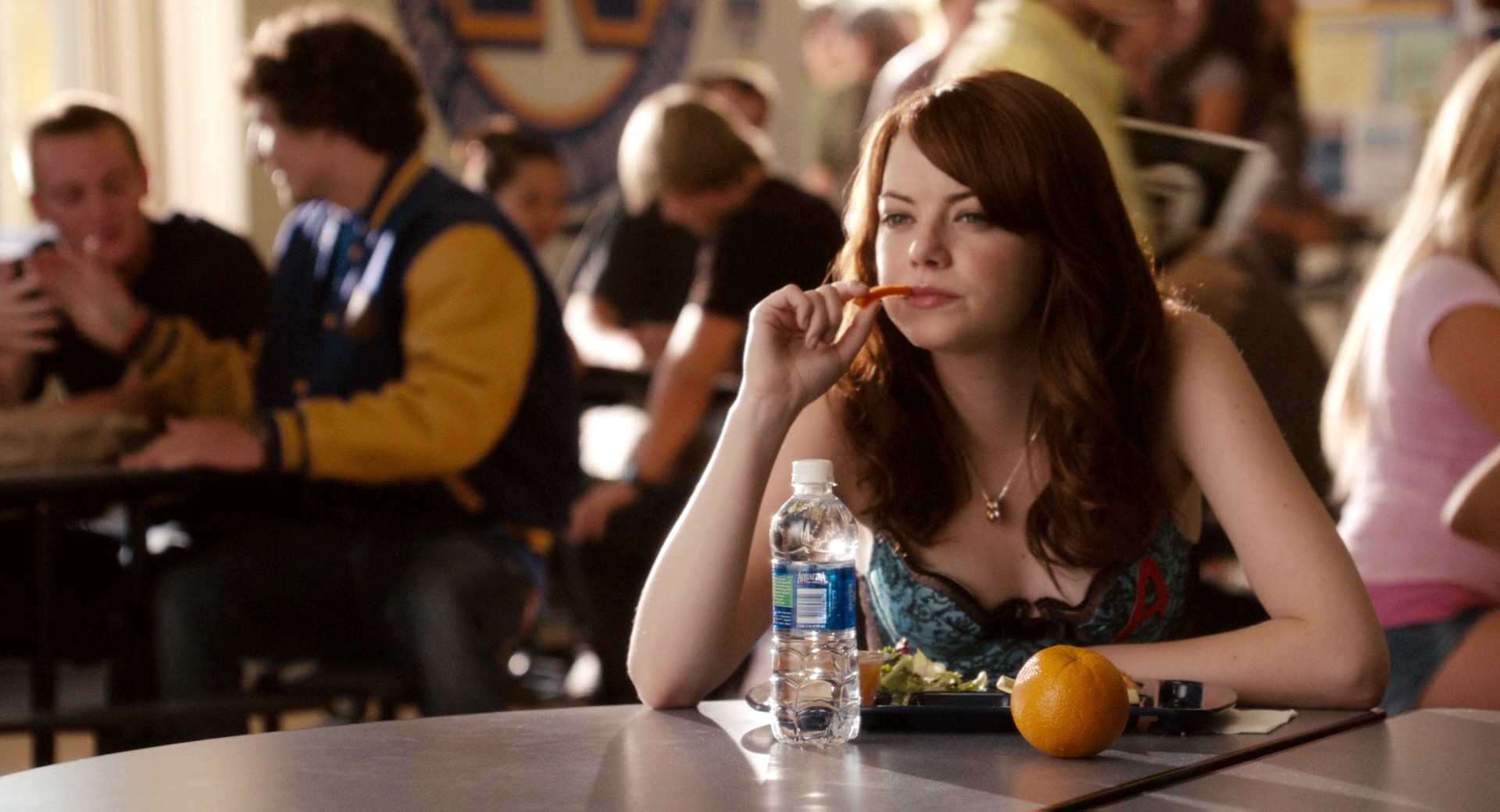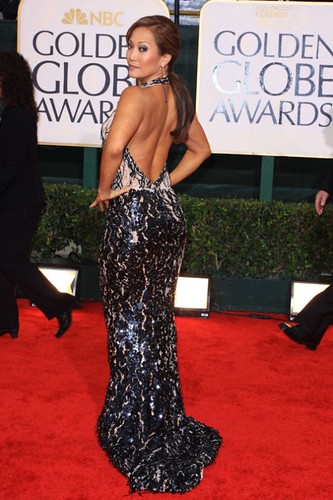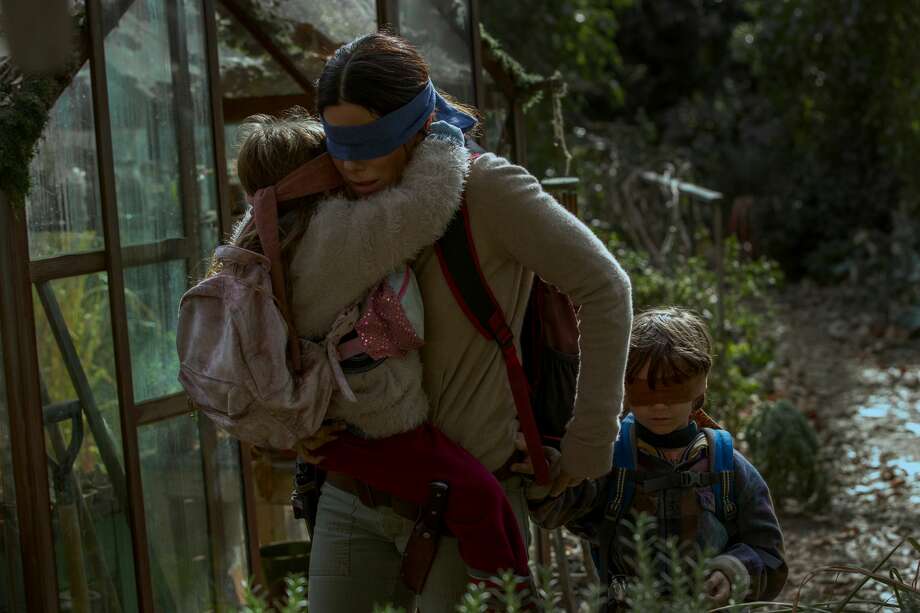
In an age dominated by computer-generated spectacle, special effects often seem to have lost their *specialness*. We’ve grown accustomed to visuals that effortlessly turn fantasy into reality, causing the groundbreaking achievements of yesteryear to sometimes fade from our collective consciousness. Overlooked in modern Hollywood’s digital arms race, the sheer ingenuity behind these older films, however, is breathtaking and truly deserves a re-discovery. This journey isn’t just nostalgic; it’s a re-discovery of pioneering cinematic magic, celebrating moments that blew audiences away and set new standards.
Long before widespread CGI in the mid-to-late 1990s, filmmakers had to be incredibly creative. This meant inventing new ways to trick the eye, suspending disbelief with tangible materials, clever camera work, and sheer force of will. Visual effects crews lived by the credo “mother is the necessity of invention,” and their often more immersive and memorable results frequently outshine today’s hyper-realistic digital creations. Let’s unearth these timeless wonders.
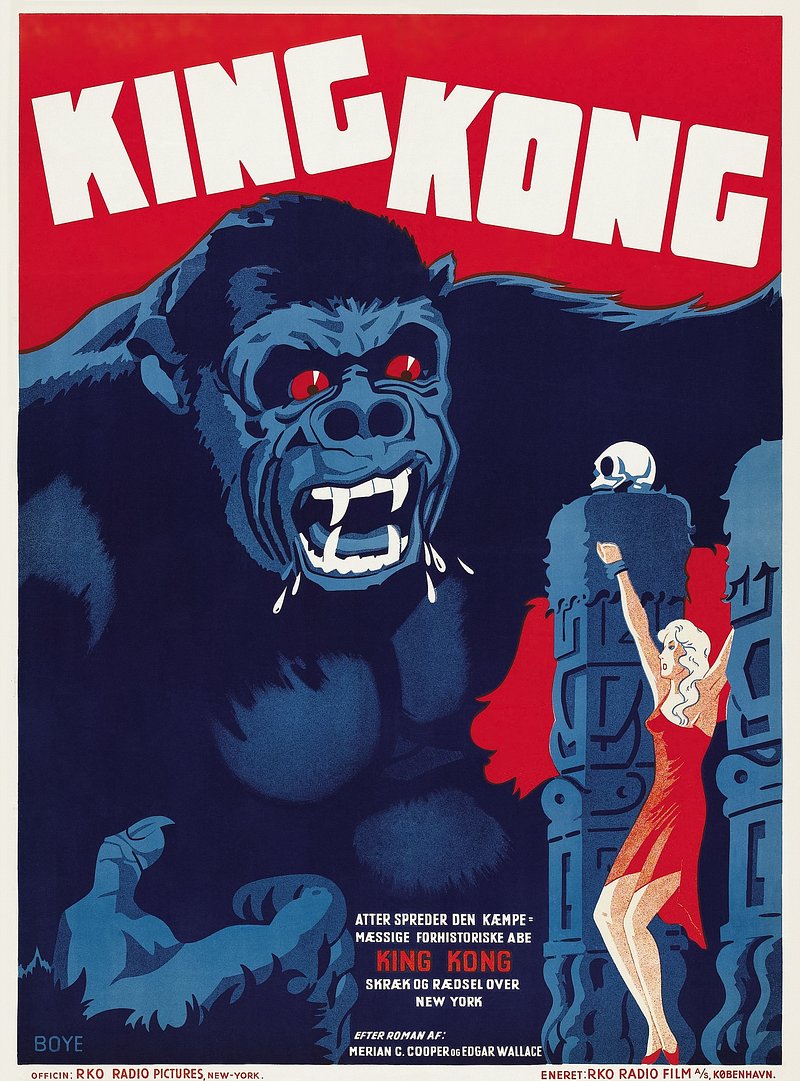
1. **King Kong (1933) – The Eighth Wonder of Stop-Motion**The original 1933 “King Kong” remains an untouchable masterpiece, not least for its revolutionary special effects. It first depicted the monstrous ape fighting T-Rexes and swatting biplanes from the Empire State Building, an iconic shot born from stop-motion, miniatures, and matte paintings that truly brought the beast to life.
Visual effects supervisor Willis O’Brien’s team painstakingly crafted Skull Island and Kong. The ape was realized through multiple puppets—including an 18-inch metal puppet covered in rabbit fur—men in suits, enormous mechanical heads, and rear-screen projection. This demanding process blurred fantasy and reality like never before.
The effort redefined creature features, creating a character with such verisimilitude that its emotional arc resonated alongside its destructive power. “King Kong’s” effects set new standards, proving creative prowess could make even fantastical beings feel terrifyingly real and profoundly memorable.
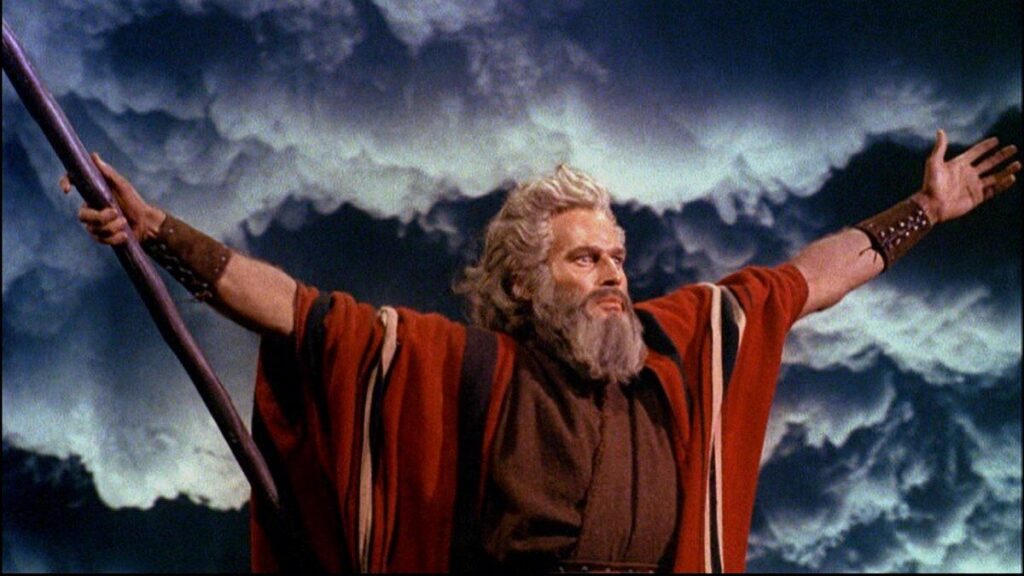
2. **The Ten Commandments (1956) – Parting the Red Sea**Cecil B. DeMille’s “The Ten Commandments” stands as a monumental achievement for its era-defining special effects, particularly the parting of the Red Sea. In a time of limited effects ambition, this biblical drama delivered a jaw-dropping sequence: as Moses declares “Behold His might hand,” the waters dramatically recede, creating a dry path.
The underlying technique was a masterclass in creative problem-solving. It involved filling an enormous tank with water and Jell-o, then simply reversing the footage. This brilliant, low-tech solution leveraged simple physics and camera tricks, astonishingly giving the impression of water drawing back rather than rushing in.
This audacious simplicity and dramatic impact ensured the scene’s enduring power. It wasn’t about modern hyper-realism but awe-inspiring spectacle. Its practical ingenuity highlights how old-school methods create iconic moments, proving inventive craft can be more memorable than pure digital perfection.
Read more about: The Enduring Tragedy of Carl “Alfalfa” Switzer: A Child Star’s Descent from Hollywood Charm to a Fatal Dispute

3. **2001: A Space Odyssey (1968) – The Future of Space**Stanley Kubrick’s “2001: A Space Odyssey” remains an unflinching vision of space, feeling jaw-droppingly modern decades after its pre-moon landing release. It redefined cinematic science fiction, creating a future that still resonates, largely due to its timeless and innovative visual effects.
Groundbreaking realism was achieved through meticulous detail and ingenious practical techniques. Detailed miniature spaceships filmed against black backgrounds created realistic space scenes. The iconic rotating space station was a giant, spinning set that created the illusion of zero gravity, with carefully lined-up shots making models appear massive.
Kubrick’s brilliance made the film largely untethered to any specific decade; its sleek, white spaceships still look sharp and futuristic. “2001” depicted a plausible confrontation between man and machine through masterful direction, design, and practical effects, proving that visionary craft can transcend its era.
Read more about: 13 Moments of Pure Vision: Unpacking the Raw Drive of Cinema’s Most Influential Directors
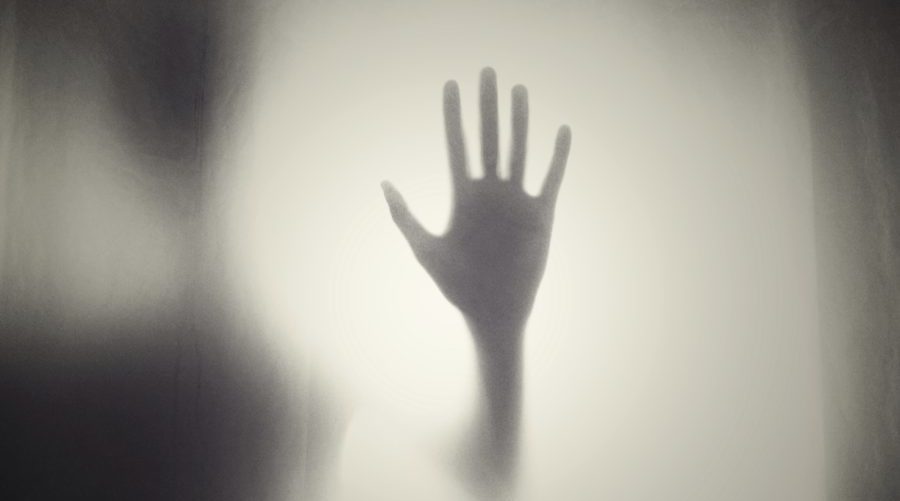
4. **The Exorcist (1973) – Unnerving Demonic Possession**How do you depict good versus evil without computer effects? William Friedkin’s “The Exorcist” answered with a chillingly effective blend of practical effects, makeup, editing, and convincing acting. It vividly brought William Peter Blatty’s demon-possession story to life, creating images that still haunt audiences decades later.
Regan MacNeil’s terrifying transformation relied heavily on masterful special makeup effects. Her green, scarred, yellow-eyed face still keeps audiences awake, as does the infamous “Pazuzu face” appearing for brief split seconds. Beyond makeup, ingenious practical trickery included pea soup for projectile vomit and mechanical rigs for violent harness throws.
The raw, tangible nature of these effects—visible slime, jarring movements, grotesque makeup—made the horror agonizingly real. “The Exorcist” proved true terror doesn’t need digital perfection; it needs bold, inventive practical execution that delves deep into darkness, ensuring its lasting impact.
Read more about: Prepare to Scream! These 14 Horror Movie Moments Are Certified Terrifying and Will Still Chill You to the Bone!

5. **Jaws (1975) – The Mechanical Menace of “Bruce”**Steven Spielberg’s “Jaws” holds a unique place in cinematic history for its legendary mechanical star: “Bruce.” The film’s enduring suspense, despite a challenging production, owes much to practical effects and Spielberg’s clever choices when “Bruce” often malfunctioned.
“Bruce” was a full-size, robotic shark designed to swim and bite, with multiple versions built. These massive animatronics were a technological marvel, but the salty ocean environment meant the robot frequently broke down, causing delays.
Spielberg shrewdly adapted, realizing less could be more. When “Bruce” wasn’t cooperating, he used music, point-of-view shots, and limited creature appearances to build unparalleled suspense. “Jaws” proves how creative problem-solving turns practical effects challenges into cinematic triumphs, making a malfunctioning robot shark an iconic symbol of terror.
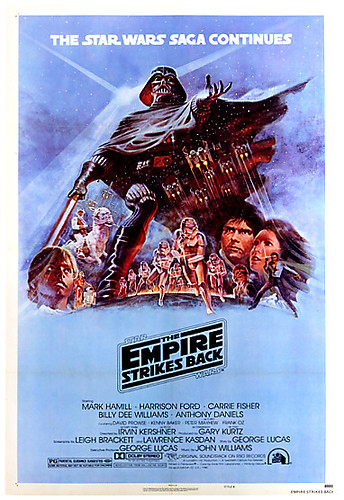
6. **Star Wars (1977) – The Force of Practicality and In-Camera Magic**”Star Wars: A New Hope” felt both a relic of the past and far ahead of its time. Despite limited effects technology, George Lucas devised innovative ways to make audiences believe in enormous spaceships, droids, lightspeed, and alien denizens, setting a new benchmark for space opera.
The film’s space battles, like the Death Star trench run, relied on detailed miniature models filmed with computer-controlled camera systems. Explosions used timed pyrotechnics and high-speed photography, capturing destruction in a thrillingly real way, drawing inspiration from old World War II dogfighting footage.
On Tatooine, in-camera effects like Luke’s Landspeeder hovering were masterful. Achieved by smudging Vaseline on the camera lens to obscure wheels and create a hazy heat-shimmer effect. This cheap, novel, believable trick demonstrates how inventive practical solutions create pure magic, making films that truly stand the test of time.
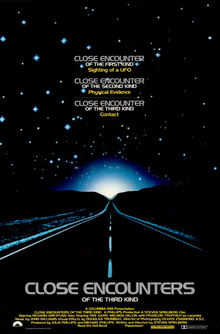
7. **Close Encounters of the Third Kind (1977) – The Otherworldly Mothership**Steven Spielberg’s “Close Encounters of the Third Kind” stands as a sci-fi masterpiece, looking fantastic decades later thanks to its iconic alien mothership. The film culminates in a breathtaking sequence where the massive, otherworldly craft descends near Devil’s Tower, with humans communicating via light and sound, creating a striking contrast.
This awe-inspiring vessel was created using detailed miniature models and advanced lighting techniques. Its intricate design, glowing with countless individual lights, conveyed both immense technological advancement and profound alien mystery. The crucial sense of scale, dwarfing human characters, was accomplished through careful model work and precise camera perspectives.
Despite decades of CGI, few films have created a more iconic or believable space invasion vessel. The mothership isn’t just a prop; it’s a character embodying wonder, fear, and the unknown. Its enduring impact demonstrates that innovative practical effects and visionary design craft images that remain iconic touchstones of science fiction cinema.
Even as the late 70s saw groundbreaking practical effects push the boundaries of cinematic realism, the early 80s continued this incredible streak, diving headfirst into creating even more unsettling monsters, imaginative worlds, and gravity-defying stunts. This era truly highlighted how inventive filmmakers could be when faced with limitations, using every trick in the book—and inventing new ones—to bring their wildest visions to life. It was a golden age of tangible magic, setting the stage for the subtle integration of new digital tools.
We’re now going to explore eight more of these legendary visual feats. We’ll look at everything from the mind-bending creature work that still gives us nightmares, to meticulously crafted futuristic cityscapes, and even some of the very first, game-changing uses of CGI that heralded a new dawn. Get ready to have your mind blown by the sheer ingenuity that shaped modern cinema.
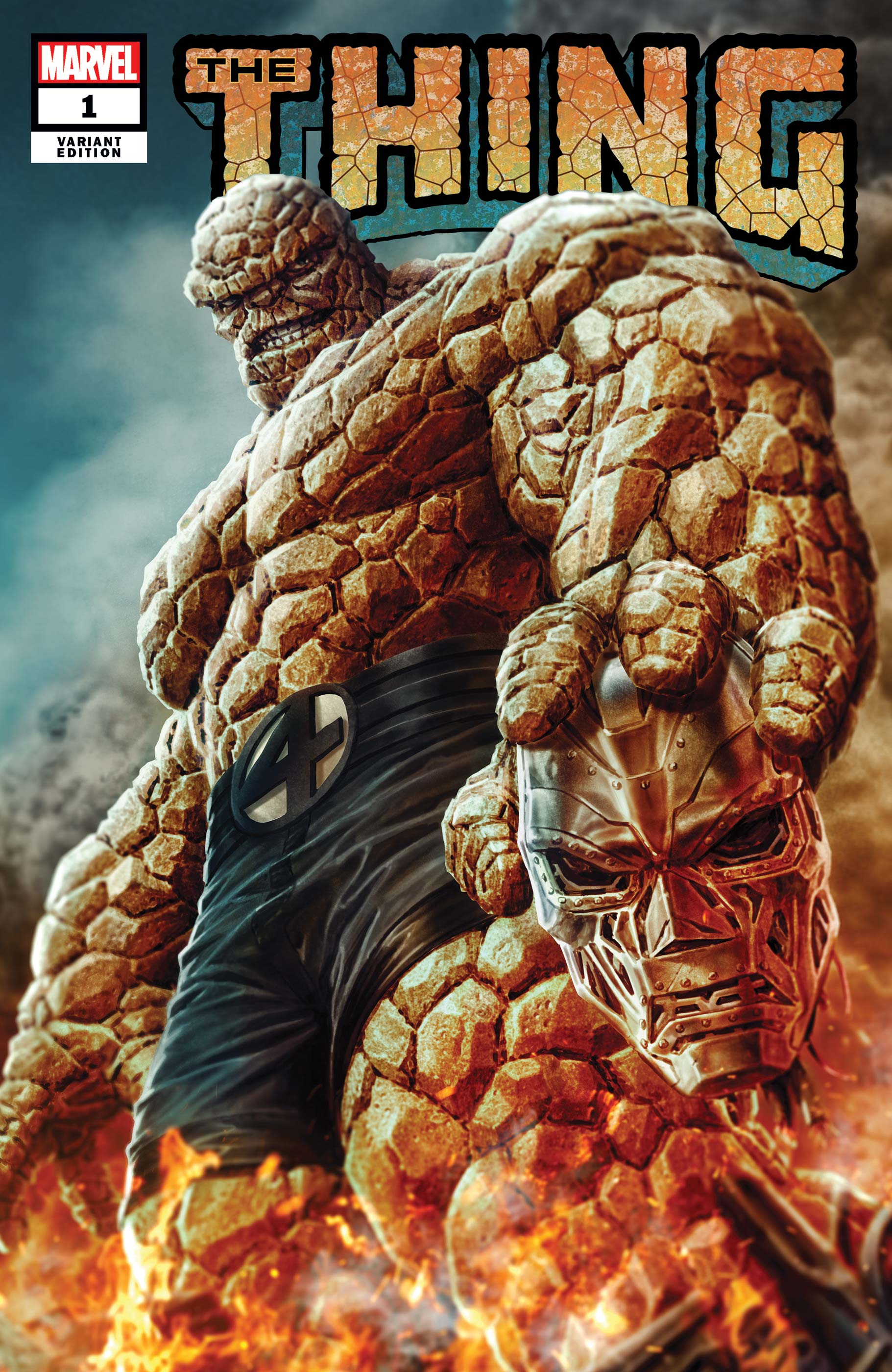
8. **The Thing (1982) – Horrifying Visceral Transformations**John Carpenter’s “The Thing” isn’t just a horror movie; it’s a masterclass in unsettling, tangible creature effects that still make audiences squirm. At his peak, Carpenter was known for his mastery of horror, and this remake delivered an unforgettable, gleefully-unnerving creature feature masterpiece that relied heavily on practical effects to depict an extraterrestrial monster that hunted and possessed an isolated Antarctic crew. This film perfectly captured the paranoia and dread of the story.
Special makeup effects designer Rob Bottin was the genius behind the film’s grotesque transformations. He famously insisted that the creature should be able to disgustingly morph into anything it touched, giving it an unnerving, unpredictable ability to mimic. This commitment to practical, in-camera effects meant that nearly ten percent of the film’s entire $5 million budget was dedicated to these groundbreaking creature designs alone.
Bottin and his team used an incredible mix of rubber, foam latex, mechanical parts, chemicals, and even everyday food products like mayonnaise and cream corn to create these horrifying alien transformations. The result was pure nightmare fuel: freaky dogs, human heads morphed onto spider legs, and chests devouring people’s hands. These complex puppetry and carefully timed mechanical effects ensured every monster scene was filmed in-camera, making the sticky, gooey slime and sickening visuals agonizingly real, leaving audiences truly shook.
Read more about: The Definitive List: Horror Remakes That Masterfully Surpass Their Originals, According to Cinephiles
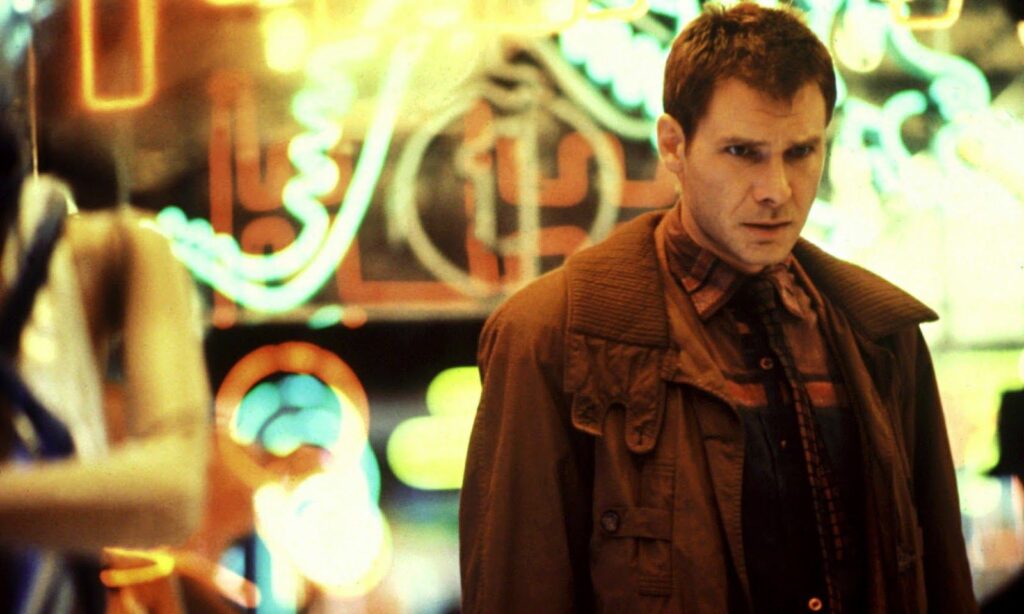
9. **Blade Runner (1982) – A Dystopian Future Realized**Ridley Scott’s “Blade Runner” didn’t just give us Harrison Ford as Rick Deckard; it presented a breathtaking vision of a dystopian, futuristic Los Angeles that felt incredibly lived-in and deeply unsettling. This film crafted a world that was global yet localized, cold and rainy yet intimate, pushing the boundaries of what a sci-fi cityscape could look like without relying on digital shortcuts.
The film’s iconic visual effects, costumes, and stunt work combined to create this unforgettable depiction of a future threatened by innovation gone wrong. Massive video billboards advertised products, towering structures spit fire into the sky, and flying police cars zipped through a perpetually wet, neon-drenched metropolis. Even seemingly small details, like LED umbrellas and transparent raincoats, added to the immersive atmosphere.
Achieving this visionary look required incredible ingenuity. Many shots were built using different scale models placed alongside one another, while others skillfully employed matte paintings or even parts from dollhouses. Motion-controlled cameras layered multiple shots to paint a vivid, lived-in world, seamlessly blending hard-boiled detective elements from the 1930s with these futuristic cityscapes. The result was a hauntingly believable future that didn’t need silver suits or laser guns, just an unsettling sense of evolution, not necessarily for the better.
Read more about: When Reality Bites: 14 Unforgettable Action Moments Where Actors Weren’t Just Acting – Their Pain Was Absolutely Genuine

10. **The Dark Crystal (1982) – Henson’s World of Puppetry**Step into a world crafted entirely by hand, where every single character is a meticulously designed puppet brought to life by the legendary Jim Henson’s team. “The Dark Crystal” is a testament to the power of puppetry, creating a fantastical universe through intricate costume work and mechanical marvels that remain captivating decades later. It’s a truly unique film that shows what can be achieved with unparalleled dedication to practical artistry.
Henson’s puppeteers weren’t just operating strings; they practiced for months, honing their craft to achieve incredibly natural movements and convey deep emotional performances. Their skill allowed for subtle facial expressions and nuanced body language, making characters like the Gelflings and the Skeksis feel surprisingly real and emotionally resonant, despite being entirely fabricated creatures.
The entire world of “The Dark Crystal” was built as practical sets, with no painted backgrounds to break the illusion. Complex mechanical systems were integrated into the puppets, allowing for detailed expressions that conveyed wonder, fear, and malice. This commitment to tangible, in-camera effects resulted in a film that stands as an enduring masterpiece of fantasy filmmaking, proving that pure imagination and craftsmanship can create unparalleled immersion.
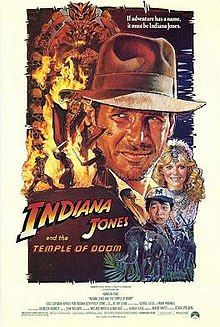
11. **Indiana Jones and the Temple of Doom (1984) – The Thrill of the Mine Cart Chase**When you think of “Indiana Jones and the Temple of Doom,” that exhilarating mine cart chase scene probably springs immediately to mind. It’s a sequence that epitomizes “jaw-dropping stunts” and practical effects, hurtling viewers through dark, twisting tunnels with a heart-pounding sense of speed and danger. This iconic scene is a true masterclass in how to combine various techniques to create an unforgettable action set-piece.
To create the illusion of breakneck speed and imminent peril, the filmmakers skillfully combined miniature sets with full-size cart sections. Multiple motion control passes were crucial in animating the miniature carts, ensuring that they moved realistically through the elaborately constructed tunnel environments. This allowed for precise control over the camera and the elements, giving the audience an unbelievable sense of momentum.
Adding to the scene’s intensity were meticulously timed practical effects, including real fire and sparks, all filmed at high speeds to capture every detail of the destruction. Even the climactic bridge collapse was a combination of intricately designed miniatures and full-size set pieces, collapsing with terrifying realism. This commitment to tangible, in-camera action allowed the film to deliver a thrilling, visceral experience that truly pushed the boundaries of practical stunt work.
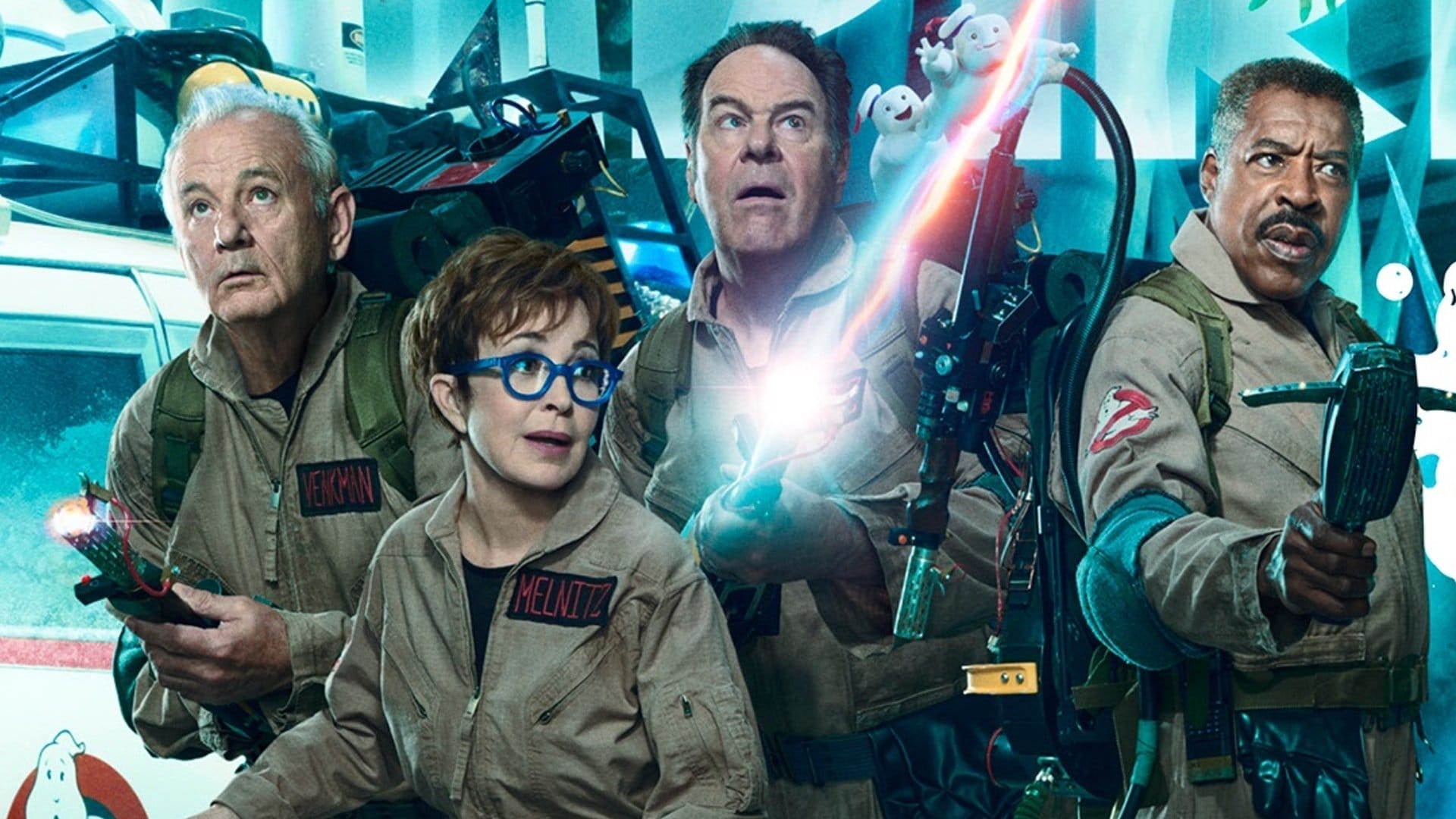
12. **Ghostbusters (1984) – Supernatural Spectacle**Who ya gonna call for some of the most iconic supernatural effects in cinematic history? “Ghostbusters,” of course! This beloved classic brilliantly blended puppetry, animation, and optical effects to bring its unique array of spectral creatures to life. It presented a comedic yet genuinely thrilling vision of a world overrun by the paranormal, all achieved through ingenious practical techniques.
From the mischievous Slimer to the terrifying librarian ghost, the film’s ghost effects were a delightful mix of artistry and ingenuity. Puppetry and animatronics provided the physical presence of many entities, while traditional animation and optical effects, like rotoscoped animation, created the proton pack streams and other ethereal phenomena. This blend ensured that the ghosts felt both whimsical and genuinely menacing when needed.
And then there’s the Stay Puft Marshmallow Man, a truly unforgettable kaiju of confectionery. This gargantuan sweet villain was brought to life using a combination of miniature sets and a performer in a suit for close-up shots, towering menacingly over New York City. The climactic ghost trap sequences also showcased a medley of techniques, effectively combining physical props with dazzling optical illusions, cementing “Ghostbusters” as a benchmark for creative, accessible, and endlessly entertaining special effects.
Read more about: Get Ready to Rewind: These 12 ’80s Icons Dominated Action and the Box Office Like No Other!
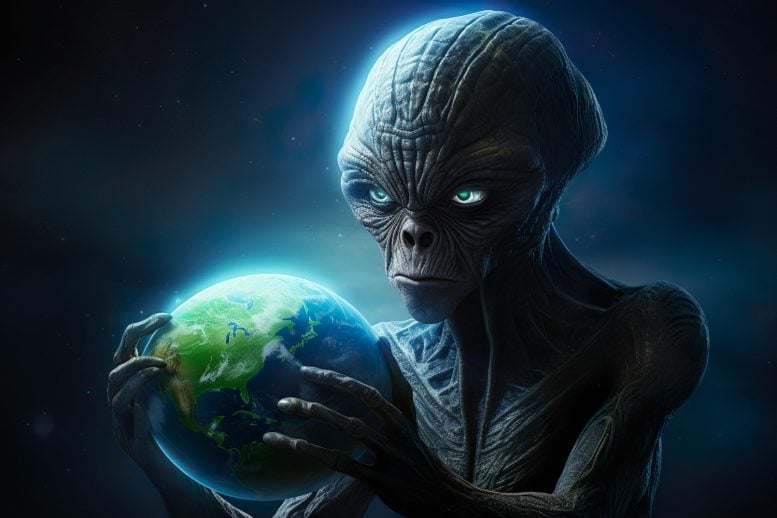
13. **Aliens (1986) – The Power of the Alien Queen**Following the groundbreaking “Alien” (1979), James Cameron’s “Aliens” ratcheted up the horror and action, delivering a masterclass in creature design and practical effects, most notably with the fearsome Alien Queen. This film proved that while the original was a claustrophobic haunted house in space, its sequel could be an all-out war, largely thanks to its incredible, tangible visual elements.
The Alien Queen was an enormous, terrifying puppet, a marvel of mechanical engineering operated by multiple performers hidden inside and behind it. This allowed for incredibly fluid and menacing movements, making the Queen feel like a colossal, living threat during her climactic confrontation with Ripley’s power loader. The sheer scale and detail of this animatronic were unprecedented and remain awe-inspiring.
Beyond the Queen, “Aliens” made extensive use of miniature sets for wide shots of the colony complex and spacecraft, adding to the film’s gritty, lived-in realism. The pulse rifles fired real blanks with added practical muzzle flashes, giving combat scenes a visceral punch. Every alien creature, from the facehuggers to the xenomorphs themselves, was a practical effect worn by performers or operated through puppetry, ensuring that the horror was always physically present and terrifyingly real.
Read more about: Bucket List Cinema: 14 Certified Fresh Movies You Absolutely MUST See Before You Kick the Bucket

14. **The Abyss (1989) – Pioneering Water CGI**James Cameron strikes again, pushing the boundaries of filmmaking with “The Abyss,” a deep-sea sci-fi adventure that dared to venture where few films had gone before. This movie is a landmark in special effects history, not just for its incredible underwater practical work, but for its groundbreaking use of early computer-generated imagery to create a truly iconic alien water tentacle.
The production was notoriously challenging, requiring a giant tank filled with millions of gallons of water to achieve realistic deep-sea environments. The team developed entirely new underwater filming techniques and lighting systems, even modifying real deep-sea diving equipment to work safely with actors during extended underwater shoots. This immense practical effort ensured the underwater world felt authentic and menacing.
But the true innovation came with the alien water tentacle, a mesmerizing and ethereal effect that was created using a combination of practical techniques and nascent CGI. This “pseudopod” was one of the earliest photorealistic computer-generated characters in film history, demonstrating the potential of digital effects to bring entirely new forms of life to the screen. Its smooth, reflective surface and intelligent movement were revolutionary, signaling a new era where the impossible could genuinely be rendered digitally.

15. **Terminator 2: Judgment Day (1991) – The Liquid Metal T-1000**If there’s one film that stands as the ultimate benchmark for early CGI and its transformative power, it’s James Cameron’s “Terminator 2: Judgment Day.” This cinematic masterpiece didn’t just elevate the “Terminator” franchise; it unleashed the T-1000, a shapeshifting, liquid metal machine that forever changed audience expectations for what was possible on screen. It truly was a “must-see special effect that had audiences buzzing.”
Capitalizing on newly-minted CGI abilities, the film’s innovative liquid metal effects for the T-1000 were a result of a pioneering partnership between special effects legend Stan Winston and Industrial Light & Magic (ILM). ILM visual FX supervisor Dennis Muren aptly described the then-gestating process, noting that “Computer-generated images are a way of coming up with new effects — particularly after we’ve been doing traditional effects for 80 years.” This collaboration birthed a villain that appeared unstoppable, able to phase through walls, absorb bullets, and morph into sharp piercers.
The T-1000, played with icy aplomb by Robert Patrick, was the very definition of a “killing machine,” making Arnold Schwarzenegger’s older model look quaint by comparison. This revolutionary character could transform seamlessly, oozing through jail cell bars or reforming after taking damage. Cameron masterfully blended these cutting-edge digital effects with thrilling, old-school practical stunts, like the unforgettable truck chase, creating a seamless spectacle that expanded on the original while bringing breathtaking new ideas to the table. Even now, it’s the image of Patrick’s T-1000 morphing that remains etched in our minds.
Read more about: Truly Iconic: The ’90s? These 10 Action Movies Were the Absolute Best of Explosions and the VCR.
Looking back at these incredible achievements, it’s clear that whether through meticulously crafted miniatures, terrifyingly real puppetry, or the nascent spark of CGI, the magic of filmmaking has always been about ingenuity and storytelling. These weren’t just technical feats; they were crucial narrative tools that deepened our immersion and stretched our imaginations. They show us that while technology evolves, the heart of special effects lies in the creativity and dedication of those who dare to dream up impossible visions and make them real, one frame at a time. It’s a powerful reminder that sometimes, the true spectacle isn’t just what you see, but the sheer genius behind how it’s made. And honestly, isn’t that just the coolest thing?

